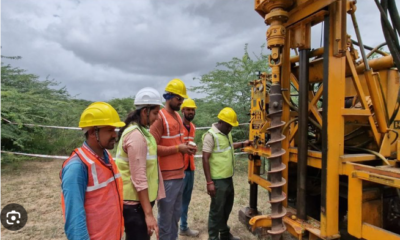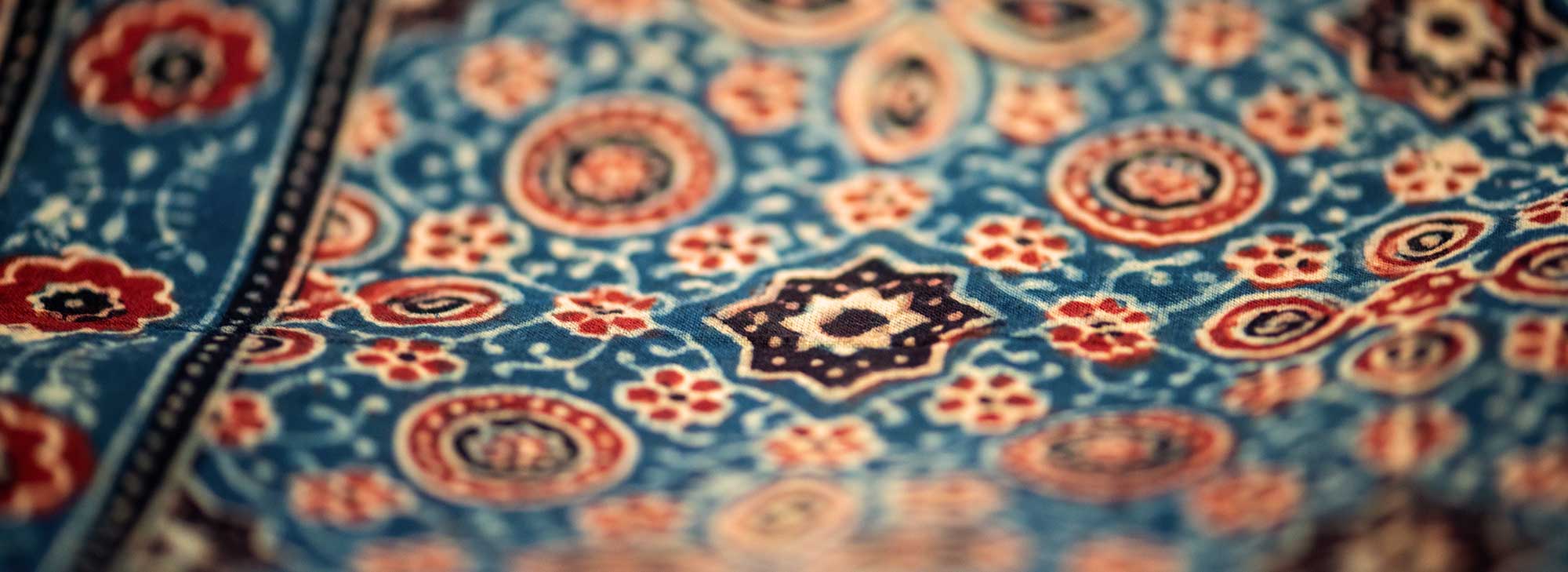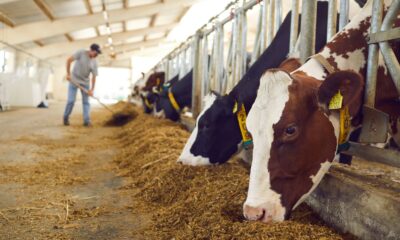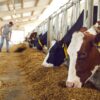

More in Gujarat Latest News
-


Gujarat Latest News
Shankar Chaudhary elected unopposed to Banas Dairy Board along with five others
Shankar Chaudhary: According to a message by Banaskantha Collector Mihir Patel, they got 50 forms for...
-


Gujarat Latest News
Kota police rescue two businessmen, arrest kidnappers in ransom case
Gujarat-based businesspeople rescued from kidnappers’ detention in Kota; 2 arrested. Rescue Operation Near Petrol Pump In...
-


Gujarat Latest News
From 12 cattle to ₹3cr dreams: Gujarat woman farmer becomes dairy success story
Gujarat: Currently, about 16 households are associated with Ms Chaudhary in animal husbandry exercises. Kasara’s Symbol...
-


Gujarat Latest News
Mild tremors shake Gujarat’s Kutch; no damage reported
Kutch: The ISR stated in its recent report that the tremor was recorded at 12:41 p.m....
-


Gujarat Latest News
Heavy rains, thunderstorms predicted; Surat sees chaos and tragedy
The India Meteorological Department (IMD) has issued a forecast warning of rain accompanied by thunderstorms across...

























